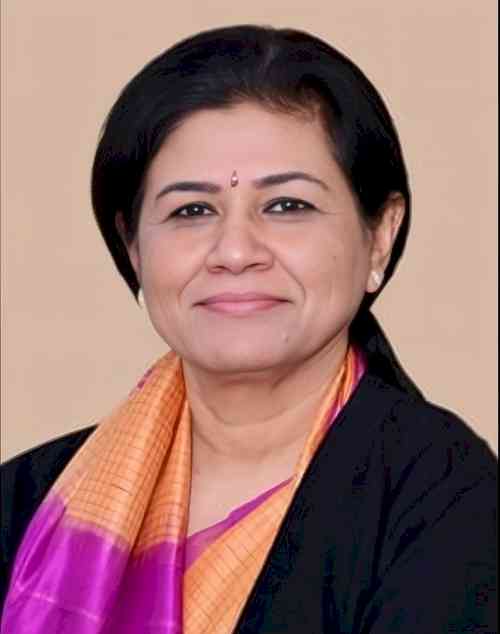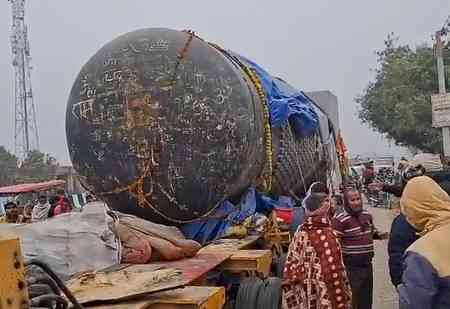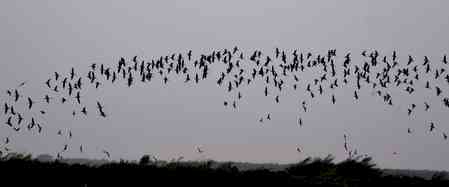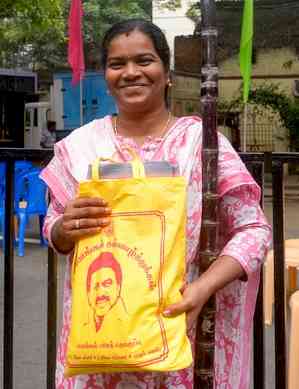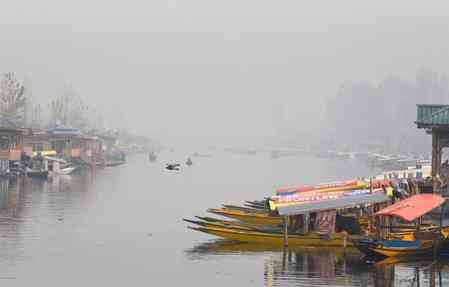Vajpayee's proposal for interlinking of rivers was sidelined
Climate change triggers torrential rains in Northern India

Climate change has led to a significant increase in torrential rains during the monsoon season in Northern India. Several factors contribute to these heavy rains. In the past, Cherrapunji was known for its heavy rainfall, and coastal areas like Kerala also experienced intense precipitation. River Brahmaputra consistently wreaks havoc in low-lying areas almost every year. In 2008, River Kosi, which flows through Bihar, caused a disastrous situation, washing away residential areas along its path. Similarly, in 1988, Punjab witnessed devastating floods that swept away sections of railway tracks, halting train and road services to many cities. The Army constructed temporary bridges during that time to ensure the safe movement of transport vehicles. Rivers Ravi, Beas, and Sutlej were in full spate, causing extensive damage to the headworks gates constructed on these rivers.
In the past, the Irrigation Department would clean the drains before the monsoon season to prevent blockages caused by slush and debris. Heavy earth-moving machines and draglines were used to ensure the smooth flow of rainwater. Ponds were also cleaned and deepened, benefiting both the recharge of the underground water table and the availability of water for the villagers. Draglines were particularly effective in desilting drains compared to JCB's, covering a larger area and achieving greater depth. In the current era of RO drinking water, the government is actively promoting the installation of RO filters in villages.
In 2013, Kedarnath (Uttarakhand) witnessed devastating conditions, and currently, excess rains and cloud bursts have created similar havoc in Himachal Pradesh and Uttarakhand. The floodwater from these regions affects Punjab, Haryana, Delhi, and other states along its path. Bhakra Dam in River Sutlej, Pong Dam in River Beas, and Ranjit Sagar Dam (Thein Dam) in River Ravi contribute to the flow in Punjab. Rivers Gagger near Ambala and Yamuna in Yamunagar have also caused havoc, affecting people living near these rivers. The Yamuna River creates a dire situation in the low-lying areas of Delhi. Additionally, heavy rains have transformed Rajasthan, previously known for its desert landscape, into fertile land suitable for agriculture due to improved canal systems.
These natural calamities remind us that nature is supreme, despite human attempts to control rivers through various means such as deforestation, urbanization of hilly areas, expanding road networks, and constructing underground tunnels. While man-made activities contribute to the situation, the devastating impact of natural calamities is evident in Northern India.
Former Prime Minister of India, the late Atal Bihari Vajpayee, proposed interlinking all the rivers to ensure water can be utilised in regions with lower rainfall during the monsoon season. Unfortunately, this proposal was sidelined. It is now imperative for the present government to reevaluate the idea of interlinking rivers.
Authored by:
Rajat Kumar Mohindru,
Senior Journalist,
Jalandhar City.


 Rajat Kumar
Rajat Kumar 
